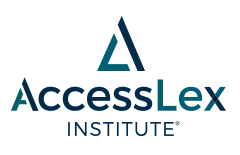
Commissioned Research
Document Type
Journal Article
Publication Date
1-2018
Keywords
higher education students, financial status and behavior, graduate schools, professional schools, student loans, financial aid
Abstract
There is wide variation in how students cover tuition and living expenses while they pursue graduate and professional degrees. Most research doctoral degree students attending public and private nonprofit schools benefit from generous institutional fellowships and assistant ships that cover a significant portion of their expenses. But master’s degree students in all sectors cover most of their expenses with earnings from employment and federal student loans. Borrowing is particularly important for professional degree students, most of whom have neither earnings from employment during the academic year nor grants and fellowships to cover tuition and living expenses while they are enrolled. This brief reviews borrowing patterns and trends among advanced degree students, disaggregating by demographic characteristics as well as type of program and institutional sector.





Comments
Related research:
Sandy Baum, A Framework for Thinking About Law School Affordability (2018), https://arc.accesslex.org/commissioned/8/
Sandy Baum & Patricia Steele, After Graduate and Professional School: How Students Fare in the Labor Market (2018), https://arc.accesslex.org/commissioned/1/
Sandy Baum & Patricia Steele, Financing Graduate and Professional Education: How Students Pay (2018), https://arc.accesslex.org/commissioned/7/
Sandy Baum & Patricia Steele, The Price of Graduate and Professional School: How Much Students Pay (2018), https://arc.accesslex.org/commissioned/2/
Sandy Baum & Patricia Steele, Who Goes to Graduate School and Who Succeeds? (2017), https://arc.accesslex.org/commissioned/4/